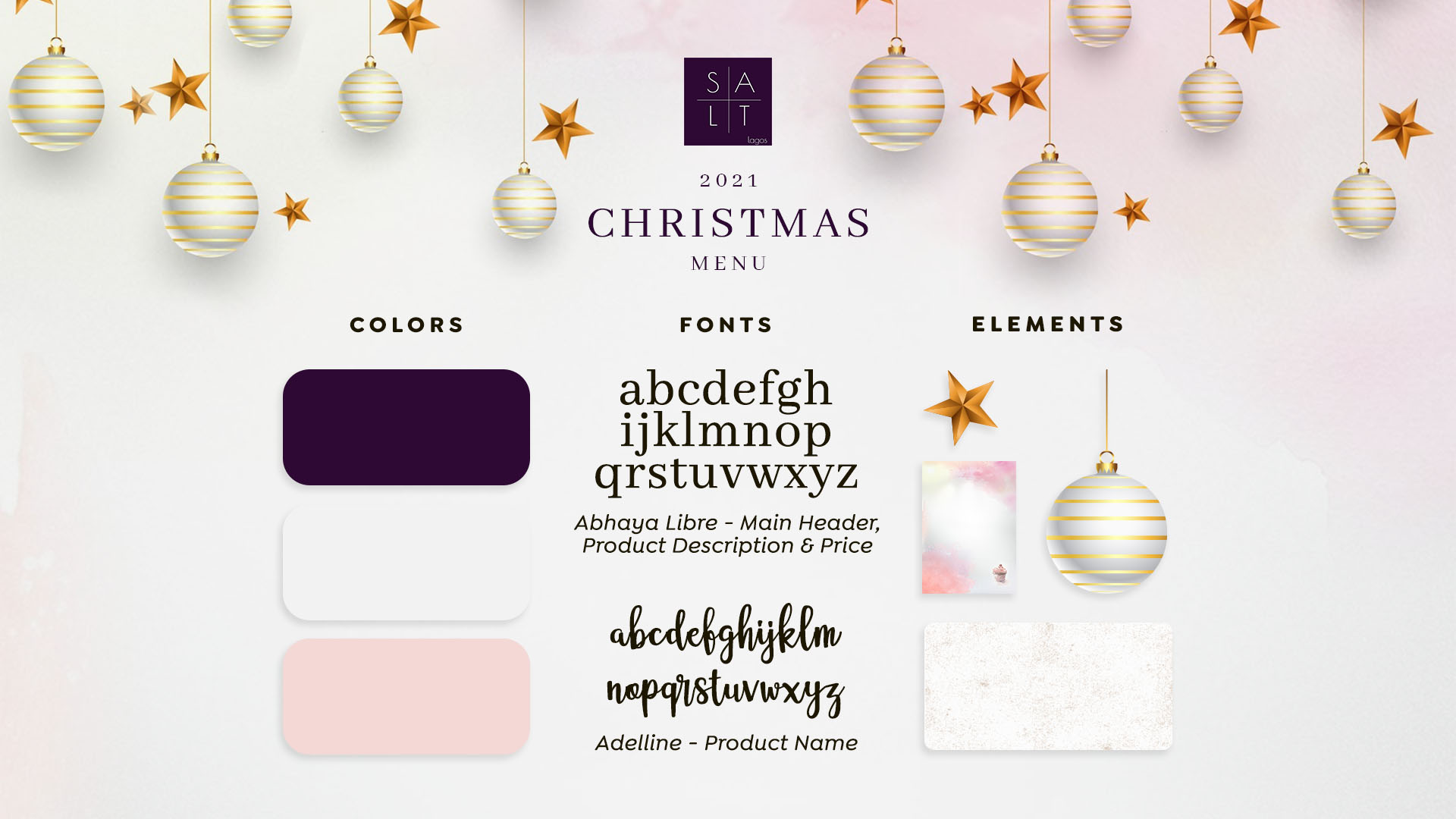As a small or medium sized business, having a strong brand can improve your revenue by at least 30% because a strong brand means you have made a good impression on people as the solution provider for a problem.
Strong brands like Apple and CocaCola have a core foundation for whatever branding they undertake and this core foundation is what has guided them into becoming the world class brands that they are.
Making a brand stand out and appear trustworthy to the right audience is the key and that key needs some basic foundation principles. With that being said these are 10 steps that can help you grow into a strong brand.

1) Determine Your Why and How
Successful brands have a set of defined values, or guiding principles that appeal to their target audience(s) enough to get them to buy. These values are essentially the Brand’s Purpose To create a clear brand purpose, you should answer the following questions
- Why am I (are we) here?
- How is my brand different?
- Why would/should people care about my brand?
- Who am I (are we)
These questions should help you identify features and benefits of your product or service. They will also help give your target audience(s) reason to choose you.
2) Know Your Competition
To differentiate yourself properly from your competition, you need to have an idea of what they are doing and how they are doing it. Checking out their messaging, reviews/social media comments made by customers is a good place to start.
No you are not knowing your competitors so you can copy them verbatim. No no no. You are knowing your competitors so you can learn from them and refine your approach from those lessons. In fact, read this paragraph again and replace competitors with mentors.
3) Determine Your Target Audiences
Identify at least 2 main classifications of people who would be your ideal customers. These classifications are called buyer personas. They are essentially a list of characteristics of those you believe would be interested in buying from you Identifying demographic variables like age, sex, education and profession and then layer in psycho-social variables like hobbies, motivators, favorite brands, personality traits, life philosophy, etc. is a good place to start. These buyer personas will then guide your brand messaging and marketing efforts over time

Our How To Create Useful Buyer Personas For Your Brand article can be of help to you.
4) Develop Your Brand Strategy
Your brand development strategy is the long-term plan to achieve a series of long-term goals that ultimately result in the identification and preference of your brand by consumers. – bynder.com
A brand's strategy is essentially documentation that gives guidance and structure to your brand. It explains your brand’s vision and mission, what sets your brand apart from competitors and how you want your target audience(s) to see your brand.
This is essentially the HOW of your brand in more detail and to start getting clarity on your strategy, it is important to answer questions like the following.
- How does your audience currently see your brand?
- How would you like your audience to see your brand in 6/12 months?
- How would you go from where you are now to where you want to be in 6/12 months?
Putting these in writing and ensuring it is followed is critical to building and maintaining a strong brand.
5) Create Your Brand Identity
Brand identity is a set of visual components such as color, design, and logo, that identify and distinguish the brand in consumers' minds. The ultimate goal of brand identity is to ensure/help customers remember a brand, distinguish it from others and essentially set it on its path to become/remain #aBrandThatSells. You can see brand identity as a sort of rules and regulations that control how a brand communicates with the audience.
Your Identity is the way that you convey this to the public with visuals, messaging, and experience. Your brand strategy will influence how you present your identity and align it with your purpose for the most impact.
Keeping a brand’s identity consistent is important when it comes to creating the right impression about that brand and one of the most effective ways to ensure a business sticks to its branding “rules” is to create a set of brand guidelines that document all of the do's and don'ts of your brand.
Developing a good and effective brand identity is a continuous process and it is therefore important not to get hung up on details. It is unrealistic to expect an “ah-ha, that’s the one” moment when you see brand identity concepts. So, take it slow and steady knowing fully well that it can be updated and upgraded along the way.

6) Create Your Brand Story or Stories
Using stories to tell your audience the uniqueness, value and purpose of your brand is essential to getting your business to become #aBrandThatSells because storytelling has been at the heart of connecting people to almost anything forever.
Stories build familiarity and trust like word of mouth marketing does and gives your audience more clarity on things you can do for them because they are efficient at passing/explaining complex and abstract ideas. For example if a product or service is a combination of smaller ones, telling a story lets you pass that message across much more easily and in ways a reader can be familiar with,
In summary,
- People will not easily remember the formal definition of a brand but they will remember the products and services of that brand to which they can relate to easily
- People connect to stories easily and way more than technical information.
- People and remember stories way more than they can remember formal information
- People share stories more readily and easily over sharing other learned information.
This why the big brands like Coca Cola, Apple, Pepsi, Samsung, Nike and more are focused o one message per time that ultimately finds it way back to connecting their audience to ease, safety, joy, happiness and more.

7: Tell The World About Your Brand
Put together everything in the steps above and then start talking about your brand, and what it does (products/services), to as many people as possible. Your brand is essentially what people say about you when you are not in the room and to get them to say good things means you must first and foremost do good things and then share the stories of those good things you have done.
The way you present your brand to people determines how they will relate with your brand. For internal parties like staff and consultants goes a long way to influence how they rate your brand and the work they will do for/with you.
The way you present your brand to external parties like clients, investors and even competitors determines how much you can bill them for your products and services.
So, it is first important to tell your stories and then secondly to tell it properly with the right visuals.

8) Promote Your Brand
After you tell your story with good visuals, the next thing is to ensure that those stories reach as many people as possible because the more people you reach, the higher your chances of becoming successful and strong.
No brand will really grow and become hugely successful without one form of promotion or the other. Be it paid ads or influencer marketing, ensure you use available marketing techniques to spread the word about your brand.

9) Review Your Progress
After a few months of sharing your stories and promoting them, it is important to review what you have done so far. Good and honest reviews will point you towards the things that are good and have worked for your brand and those that have not. From your reviews, you will determine the things you must do again because they worked and the things that need to be improved on.
Using questionnaires to get feedback from your customers about your service can also point you towards the stories you need to tell going forward.
Reviews are not so you change your whole strategy every 30 or 90 days. They are for you to find out how to improve your results based on your current strategy. Your brand strategy should be something you stick to for 6 months to 1 year if you really want to get it to work. Parts of it can be modified based on reviews but not an overhaul every 30 or 60 days. No strong brand is created like that.
10) Always Choose To #ProceedWithJoy
You will face ups and downs on your journey to become #aBrandThatSells. It is important to always choose to always move forward. Learn from setbacks and don't give up easily on becoming a better version of your brand. There is a reason the strongest brands in the world like Apple and Facebook are always releasing updates to their products and service – THEY ARE LOOKING FOR WAYS TO DO AND BE BETTER. Do likewise in your own little way by choosing to #ProceedWithJoy no matter how hard it feels because in the end there is #VictoryForTheHardWorker







